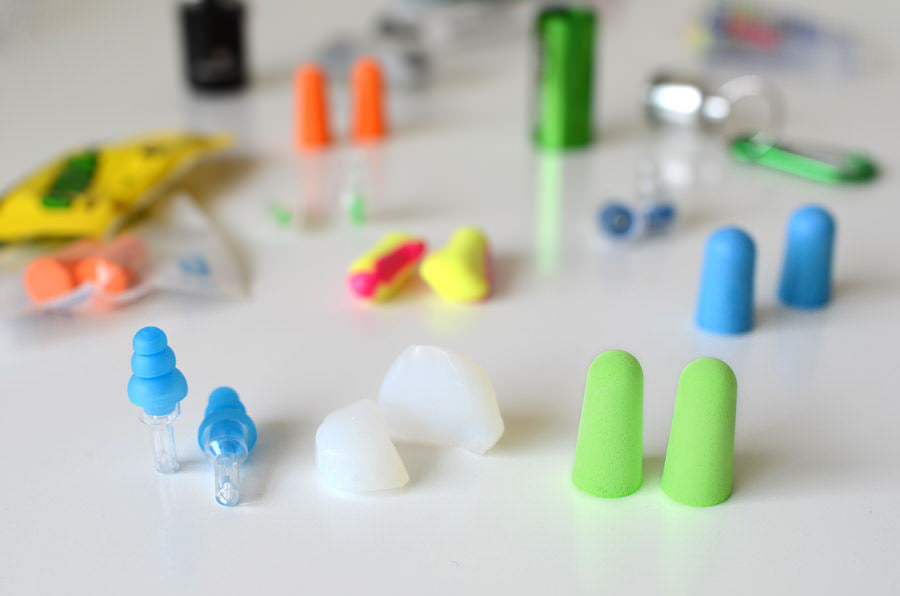Misophonia, Hyperacusis and Phonophobia
Did you know that there are disorders in hearing certain sounds, or their perceived loudness that are not related to our hearing? They are actually consistent with neurological interpretation of sounds or with types of anxiety disorders. Misophonia, Hyperacusis and Phonophobia are examples.
According to the Hear-It website, Misophonia (miso=hatred, phonia=sound) is a strong reaction to specific everyday sounds in our environment. It is “a neurological disorder in which auditory (and sometimes visual) stimuli are misinterpreted within the central nervous system.” Certain patterned sounds such as chewing, coughing, pencil-tapping, a dripping tap, etc., become intolerable and trigger strong reactions such as anger, irritation or even panic.
The site explains that Misophonia is not to be confused with Hyperacusis, “where sound is perceived as abnormally loud or physically painful.” Both disorders are related to “decreased sound tolerance.” Hyperacusis sufferers can have perfectly normal hearing and although accused of “hearing too well” everyday sounds such as a barking dog, a vacuum cleaner, or a ringing telephone, can trigger pain, frustration and even terror.
Another example, Phonophobia, again is an anxiety disorder, not a hearing disorder. “Sudden loud and unexpected sound can cause anxiety attacks in a person who suffers from Phonophobia. People with Phonophobia may be fearful of devices that can suddenly emit loud sounds such alarms.” Other symptoms include sweating, irregular heartbeat, nausea or dizziness and potentially a panic attack.
https://www.hear-it.org/Misophonia
There does not seem to be a cure for each of these disorders, but there are different approaches to treatment such as cognitive behavioral therapy, exposure therapy, masking of trigger sounds and potential anti-anxiety medicines depending upon the condition and circumstances.Also in Hearing Loss

Discovery of New Neurons in the Inner Ear


